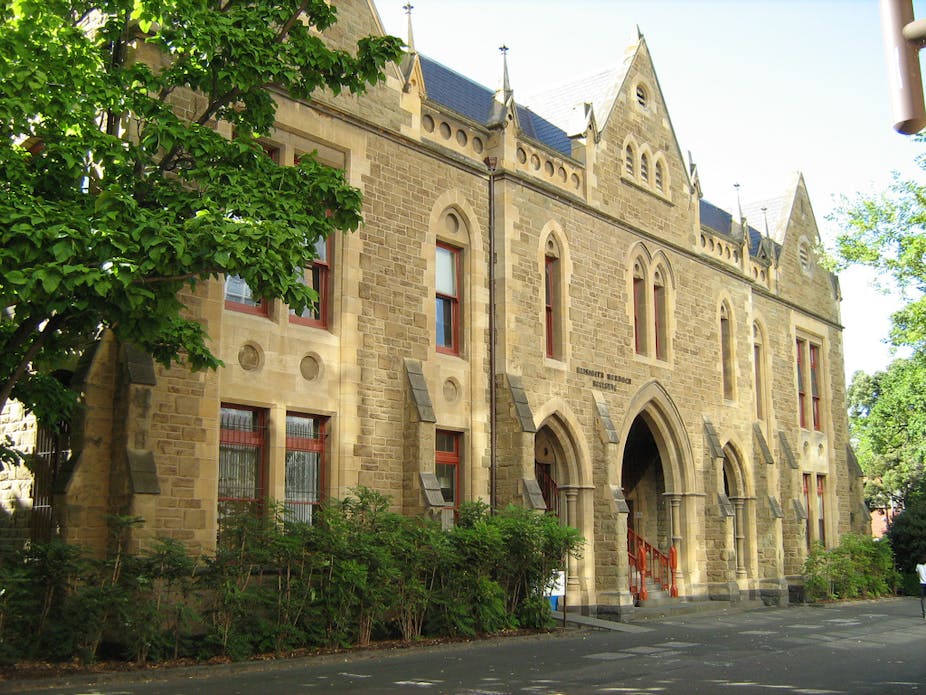The Times Higher Education World University Rankings has named the University of Melbourne Australia’s best university, but higher education experts have warned that such rankings tables are easily misinterpreted.
The Times Higher Education World University Rankings lists the world’s top 400 universities every year. The California Institute of Technology took out the top spot in 2011, followed by Harvard University and then Stanford University.
Of the four Australian universities in the top 100, the University of Melbourne was named number 37, the Australian National University number 38, the University of Sydney number 58, while the University of Queensland scored spot number 74.
The Times system, one of many international university ranking tables, takes into account teaching, industry income and innovation, citation numbers, research and international outlook.
Melbourne’s Vice Chancellor, Professor Glyn Davis welcomed the news.
“I would like to acknowledge the work of all our teaching staff and researchers who made this outstanding result possible,” he said.
University of Queensland Deputy Vice Chancellor (Research), Professor Max Lu, said the rankings “independently confirm that UQ’s credentials are highly respected internationally as being among the very best.”
Hard to compare
However, Dr Emmaline Bexley, from the University of Melbourne’s Centre for the Study of Higher Education warned that it was hard to compare universities.
“The extent of gradation between ranks can be tiny, meaning institutions can slide a long way up or down from year to year in terms of rank even though their over all ‘score’ may have barely moved in respect of their competitors,” she said.
“Universities care deeply about rankings, probably more than they should. It’s about prestige. Rankings would be most useful if we had a wider variety, each looking at very specific aspects of university mission, rather than trying to be all things to all comers.”
Different ranking systems emphasise different qualities, she said. The Academic Ranking of World Universities (ARWU), run by Shanghai Jiao Tong University in China, is considered the most prestigious of the rankings systems but are based largely on research, rather than teaching, she said.
“So for undergraduate students choosing a uni, the Shanghai rankings won’t necessarily be a useful guide,” said Dr Bexley.
“I think people misinterpret rankings and place more emphasis on them than they should. That said, the rankings horse has bolted, so we’ll really have to learn to live with them.”
Scott Thompson-Whiteside, Associate Dean International at Swinburne University and an expert on higher education, said many ranking systems tended to favour older universities.
“I think it’s actually very hard to compare universities. We teach different programs, we have different missions and goals, have different research strengths,” he said.
“Education as a practice of teaching and learning is very difficult to measure.”
Undergraduate students may look at ranking tables when deciding where to enrol but many ranking results “have nothing to do with teaching and learning programs, support programs or any of the activities that an undergraduate might be involved in,” he said.
Universities that crack the top 50 will use ranking results to their advantage “but they know full well that underneath they are quite narrow measures of excellence. There is an element of spin in all of the data that is used.”
However, a good ranking result could help build trust between international academic institutions hoping to collaborate, he said.
“It does tend to open doors and create opportunities.”

